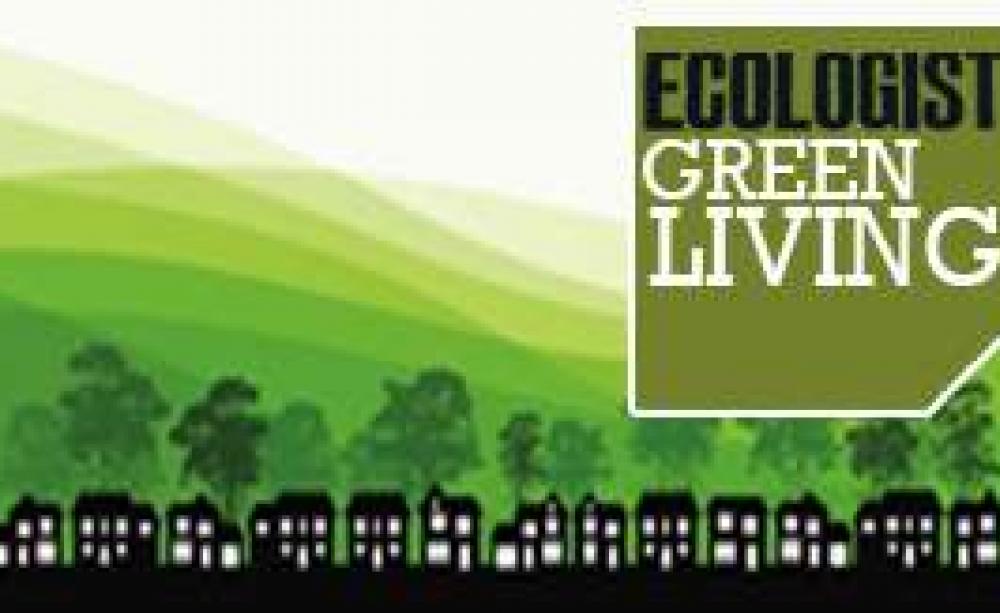An astonishing 2.5 million tons of timber is ripped out of libraries, churches, hospitals, pubs and homes a year in the UK. Half of it is simply discarded or burnt. Approximately 10 per cent of it (around 300,000 tonnes) is tropical hardwood, mainly from old-growth forests. With much of this old reclaimed wood of a very high quality, this is a criminal waste of a precious resource.
Increasingly, the likes of Paul Durrant, of east London timber salvage firm Reclaimed, are saving this wood from the scrapheap, sorting and grading it, and then selling it on to homeowners who either want the beautiful aged look of wood from a 200-year-old tree or who have sufficient ethics to avoid a convenient but ultimately destructive trip to their local Homebase. The Ecologist dropped in on Paul to find out why reclaiming wood makes so much sense.
Whats is the main difference between reclaimed and new flooring? Texture and consistency of the wood?
‘“New wood”, largely from fast-growing plantation forestry, looks and feels like plastic. There’s no substance to it. If you get a reclaimed oak floor, you can tell the difference straight away: the quality of the wood is so much better; the wood feels denser.’
Moisture content
‘Nowadays people are buying a lot of recently cut pine wood which isn’t allowed to dry sufficiently before being sold. When wood is green and wet like freshly cut wood it’s liable to warp as it dries. Old timber seasons over the years, so you know it has done all the moving it’s going to do.’
Colour
‘With old reclaimed wood you often get a deep rich orange tone, which, when you sand it and wax it, brings out the colour beautifully. What’s more, many such woods change colours over the years so you get a range of wonderful deep colours depending on where the wood’s been stored or used in a building. New wood colour in comparison is uniformly bland. Stripped, cut to perfect sizes and graded, new wood lacks the history of reclaimed wood. No surprise that everyone’s home looks increasingly similar nowadays.’
Buying and selling second-hand wood
1 If you’ve got wood to dispose of, contact your local authority. Some authorities separate waste timber and allow people to help themselves. See www.globaltrees.org for more details. To find a recycling centre in your area, visit www.bremap.co.uk/bremap/search.jsp and simply enter your postcode into the search engine.
2 In some areas, there are local initiatives that pick up salvaged wood and sell it on. Visit www.woodrecycling.org.uk if you live in Brighton and Hove, www.lwrp.org.uk/ if you’re a resident of east London and www.bwrp.org.uk/ if you live in Bristol. Or try www.letsrecycle.com/materials/ wood.
3 Or you could offer unwanted timber that belongs to you direct to someone in your community by signing up to the Freecycle Network www.freecycle.org; see Reviews, page 66 for more details). If there isn’t a Freecycle group in your area why not start one up?
4 Architectural salvage network Salvo! lists many reclaimed wood companies at www.salvo.co.uk/. You can use the site to buy and sell single pieces of wood or even announce a demolition. It’s possible to find a dealer in reclaimed wood near you by doing a postcode search on the site, but the list is not comprehensive. If you want a comprehensive list, call Ruby at Salvo! on 020 8761 2316.
5 There is a downloadable national directory of reclaimed furniture suppliers at www.globaltrees.org
This article first appeared in the Ecologist June 2005
For ethical and sustainable suppliers of Home and Business goods and services check out the Ecologist Green Directory here




